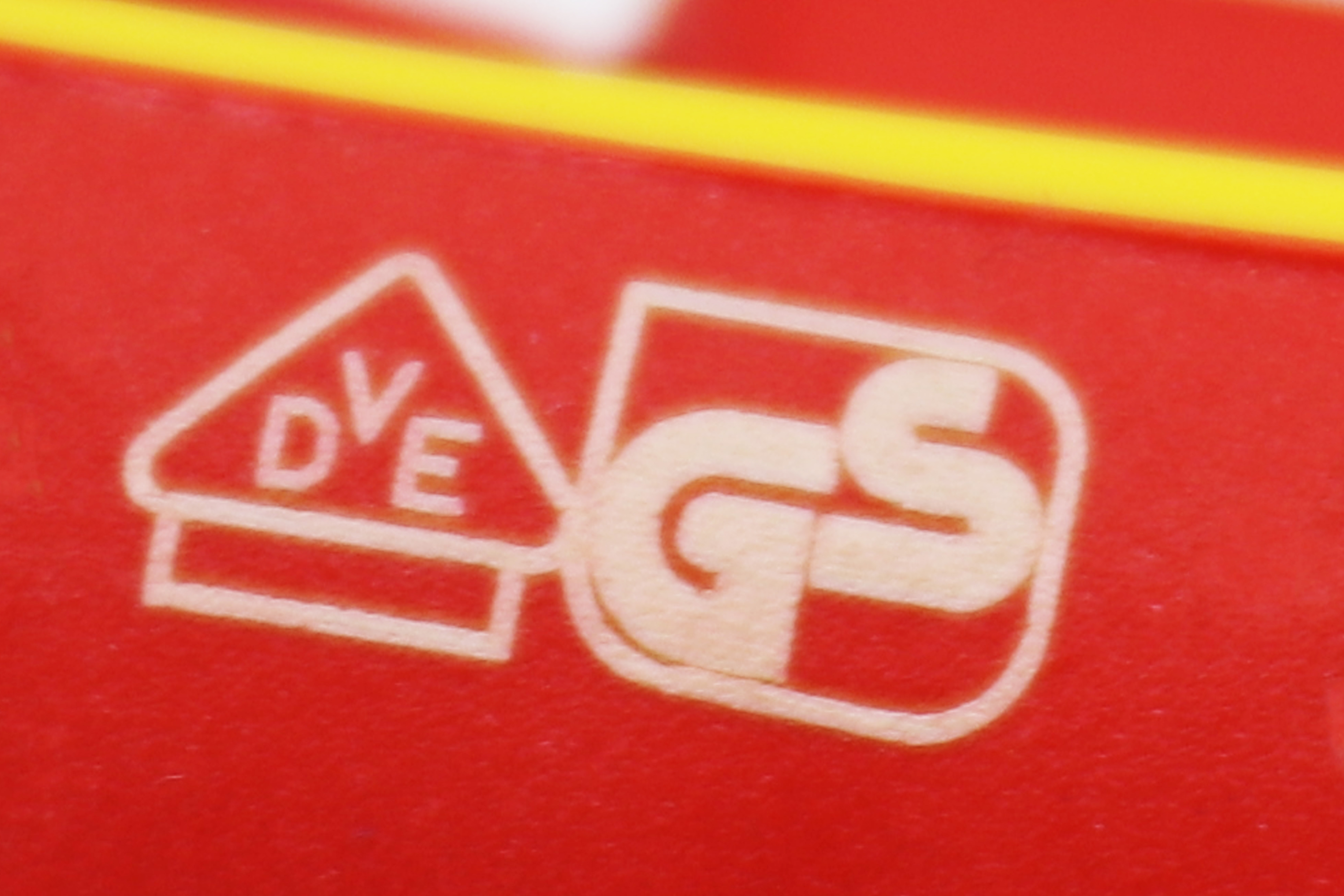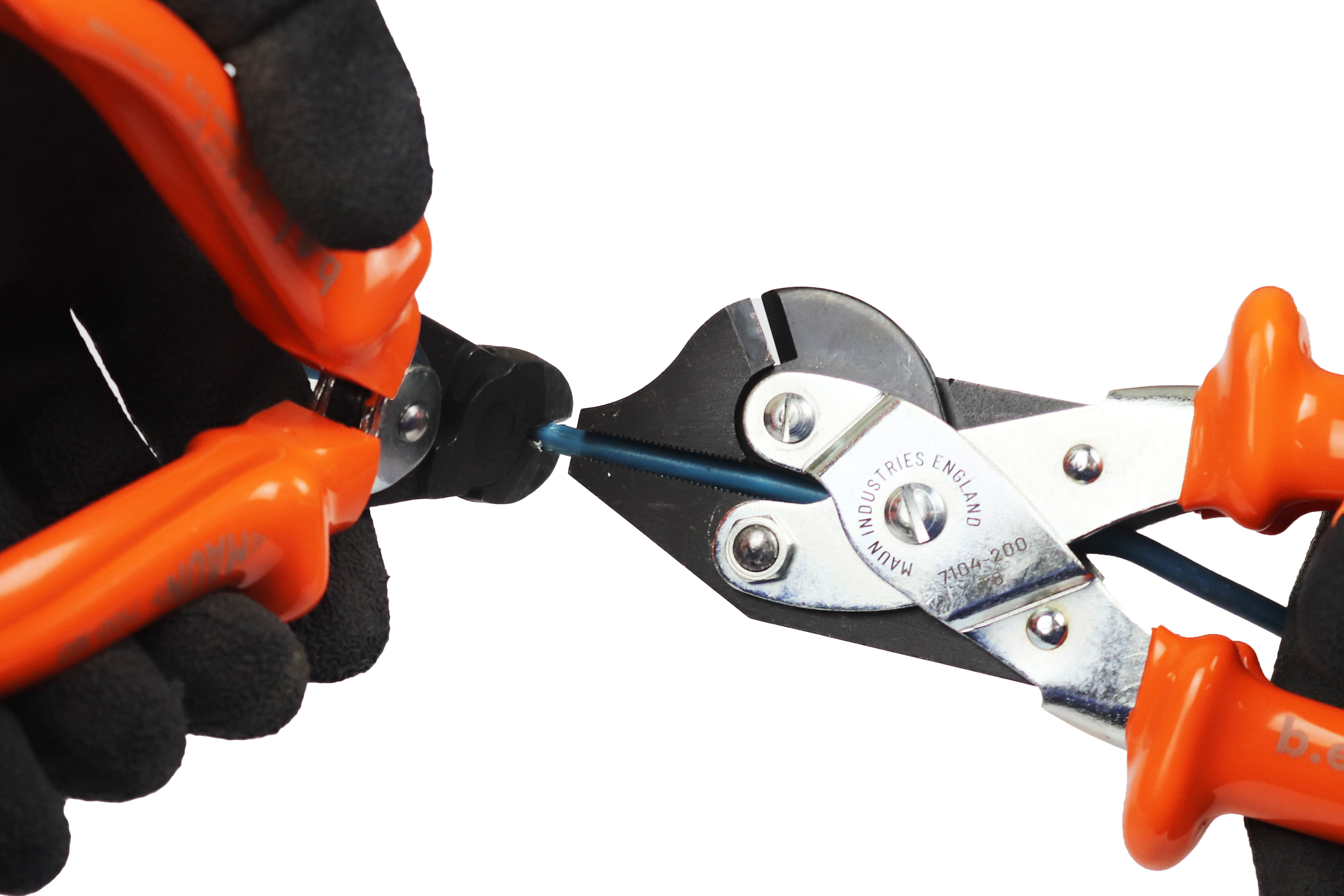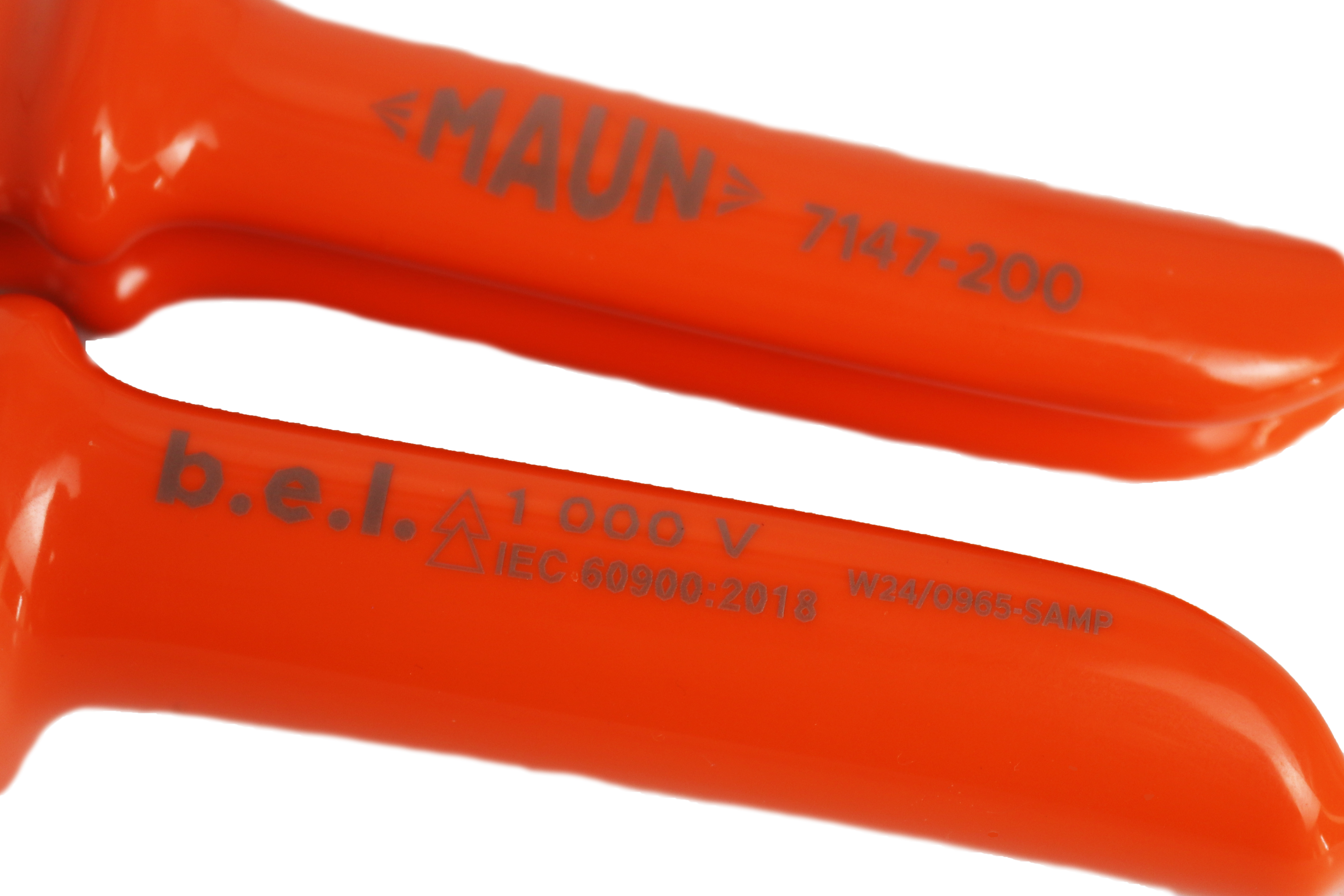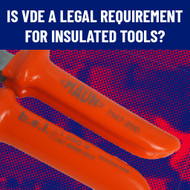Is VDE a Legal Requirement for Insulated Tools?
9th Oct 2025
You may have heard of “VDE tools” and associated them with tools safe for electrical work.
But what you may not know is that VDE is not the official requirement.
In this post, we explore this misconception and introduce you to the official requirements.
What are the Legal Requirements for Insulated Tools? Is it VDE?
No, VDE is not the legal requirement for insulated hand tools.
The official regulations for insulated tools are that they comply with IEC 60900:2018 (or its equivalent, EN 60900), which states that:
- Must provide protection against electrical shock up to 1,000V AC / 1,500V DC
- Insulation must be clearly marked and fully intact
- Tools must be individually tested before being approved
- Regular re-testing and inspection are required for continued use
- Only tools marked with the double triangle symbol are certified for live work
There are also other requirements, fully explained in the official documentation here.
| Term | What It Is | Role |
| IEC 60900 | International Standard | The legal/electrical safety benchmark |
| VDE | German certification body | Tests tools against IEC 60900 |
| EN 60900 | EU implementation of IEC 60900 | Equivalent in European Union |
What is VDE Certification?

VDE is simply a 3rd party company that performs testing and certification for tool manufacturers to IEC 60900:2018.
It is one of many companies that offer this, and so it is not the official standard for insulated tools (although it is probably the most well-known).
General consensus has blurred the line between certification and the brand. In a similar way that searching on the web is known as “Googling”, people often use “VDE” as shorthand for complying with IEC 60900:2018.
Are Non-VDE-Certified Tools Safe?
Yes, non-VDE-certified tools are perfectly safe to use if they are certified to IEC 60900.
They should carry the double-triangle 1000V symbol, and be certified to IEC 60900:2018, for use on live systems up to 1000V AC or 1500V DC.
Maun offers a range of insulated pliers and side cutters that are certified to this standard.

How Can I Verify a Tool is IEC 60900 Compliant?
To verify a tool is IEC 60900 compliant, look for the double triangle symbol next to a 1000V marking, as well as the IEC 60900:2018 number on the insulating handles of the tool.
You should also see the manufacturer’s name and model reference on the tool itself.
If a tool is just labelled “insulated” without the official references, then there is no certainty that the insulation would provide the protection against shocks from a live electrical system.
Also, consider that if the insulation is damaged, it could compromise its safety, so check the tool before use.

Is VDE Better Than Other Certifiers?
VDE is not inherently better than any other certifier of IEC 60900 compliant tools, it’s simply one of the most well known in Europe. If your chosen tool is IEC 60900 certified, then it will be just as safe.
Can I Use Non-VDE Tools on Electrical Circuits?
Yes, you can use non-VDE tools on electrical circuits as long as they are compliant with the IEC 60900 standards. The VDE mark is not a legal requirement, it’s a third-party company that offers IEC 60900 certification.
What Does VDE Stand For?
VDE stands for Verband der Elektrotechnik, Elektronik und Informationstechnik, which translates to the Association for Electrical, Electronic & Information Technologies in English. It is a German organization focused on electrical engineering, electronics, and information technology
What Does 1000V VDE Mean?
1000V VDE simply means that the tool has been tested by the VDE company to IEC 60900 standards of AC 1000V.
What Voltage are VDE-Certified Tools Rated For?
VDE certified tools are approved for 1,000V AC and 1,500V DC.
Do You Need To Use a VDE Screwdriver When Working on Electrical Circuits?
No, you don’t need to use a VDE screwdriver when working on live or potentially live electrical circuits, but the tools you use should be IEC 60900 certified for 1,000V AC and 1,500V DC.
Final Summary
So, VDE is not the official requirement, and you can use any tool certified to IEC 60900.
If you have any feedback or improvements you’d recommend for this post, we’d love to hear from you.
This post was brought to you by Maun, experts in tools since 1944.
Scroll back up to re-read any key points, browse our related pages below, or contact us with any questions:

